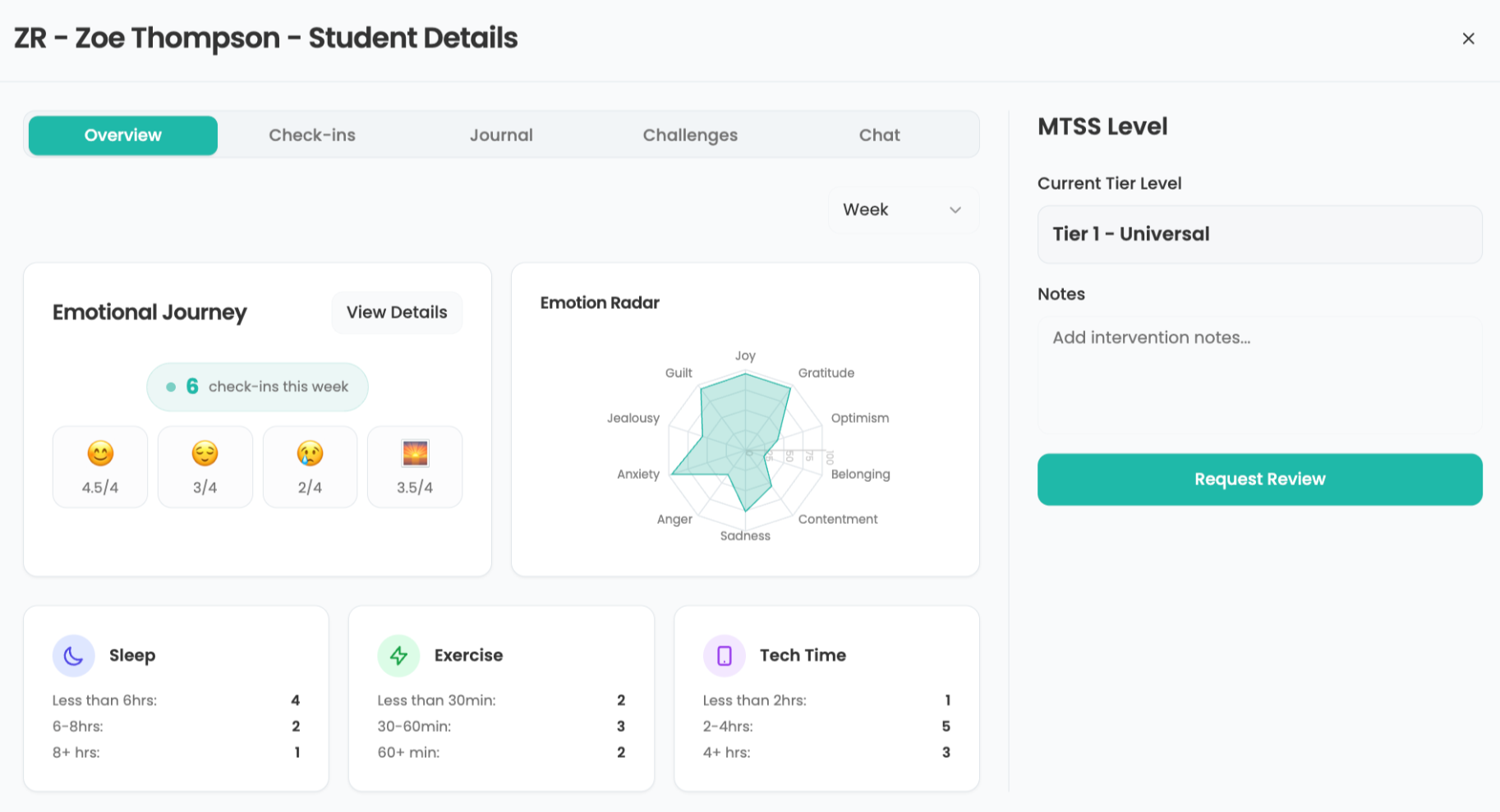Empowering Technology Education Through Strong Instructional Support Materials: 4 Key Features For Useful Handouts
Strong instructional materials contribute to broader educational goals.

The late Dave Pasquini, my friend and a history teacher at Glenbrook South High School near Chicago, always said “A day without handouts is like a day without sunshine!” I think that is still true.
In providing support in technology-integrated classrooms, the value of well-developed instructional support materials cannot be overstated. Whether teaching middle school learners or graduate students in instructional technology, educators must provide clear, engaging, and accessible resources that guide students through complex concepts and foster deeper understanding.
Today, we often rely on vendor developed materials that are exhaustive and complex. These are often beyond the skill sets of early learners, and due to the customization of systems, do not always look the same as the interface end users see.
Therefore, to support learning, each instructional session that provides technology should provide a short and useful handout. When I was a district IT leader, that was a requirement for all our staff developers to develop handouts that included the following key points:
- Provide the objectives to be covered in the lesson
- Provide step-by-step instructions, including screenshots, diagrams, or other images where possible
- Provide follow on (or enrichment) activities for those looking to expand their skills
- Provide contact information to access help
1. Lesson objectives are essential. This can help participants identify the sessions they may want to attend. A clear articulation of what students are expected to learn will help orient learners and help instructors maintain focus and measure outcomes.
2. Step-by-step instructions are important and need to be customized to the version of the software that the learners will see. It is easy for instructors and other technologically literate people to chunk information (combining steps) or make assumptions. However, some users are tentative to make those types of leaps. It is easy to assume that everyone who touches a computer in today’s digitally rich world is facile with technology. However, like many assumptions, it is not accurate.
In my most recent beginning of course survey, 57% of my graduate students acknowledged that “sometimes I struggle with technology.” Instructors should not assume that learners are all, or even the majority, strong technology users.
Tools and ideas to transform education. Sign up below.
3. Follow up the directions with a section providing enrichment or follow on activities for those learners who are eager or able to go further than the lesson was intended. This might encourage learners to extend their skills, come back for more training, or simply be able to take the instruction directly into their classrooms. If some learners are ahead of the group, it could effectively provide opportunities for guided practice while they are in the training session. This section might include a short bibliography for further reading or a list of related courses or workshops.
4. Lastly, make sure handouts include the contact information. Provide email, phone, or video link for users who need support. In a perfect world, provide all of these! Some learners might just need to ask a simple question by email. However, some might need to discuss a problem over the phone as they don’t have the vocabulary to summarize their concerns in writing. Others may want to share their screen and be walked through a process.
Making Materials Usable and Inviting
The structure and design of instructional materials play a critical role in effectiveness. A clear layout, with headings, bullet points, and logical flow, makes content easier to navigate. Learners should be able to scan the handout and quickly locate key information. Generally, handouts should be no more than a single sheet of paper, potentially using both sides for more 30-50 minute training sessions.
Visual appeal matters, too. Thoughtful use of color, icons, and images can make materials more engaging and reduce cognitive load. While aesthetics should never overshadow substance, it can enhance motivation and retention. Plain black text on a white page is rarely engaging.
If possible, provide space for notes. Whether through margins, blank sections, or guided prompts, allowing users to jot down thoughts encourages active learning and personal reflection.
Strong instructional materials contribute to broader educational goals. These promote equity by ensuring all students have access to the same high-quality resources and support accessibility by accommodating diverse needs, such as visual impairments or language barriers.
Well-designed and enticing materials reflect professionalism and respect for learners’ time and effort. These demonstrate that the instructor has thoughtfully prepared and values the learning process. If the situation does not allow printing the handouts ahead of time, provide the learners with a link so they can access and print handouts themselves. Many people still like paper copies even though we live in a digitally rich world.
Enjoy our content? Make sure to add Tech & Learning as a preferred source on Google to keep up with our latest news, how-tos, profiles, events, and more.
Steve Baule served as a technology director, high school principal, and superintendent for 20+ years in K-12 education. He is currently the director of Winona State University’s online educational doctorate program in Minnesota.
